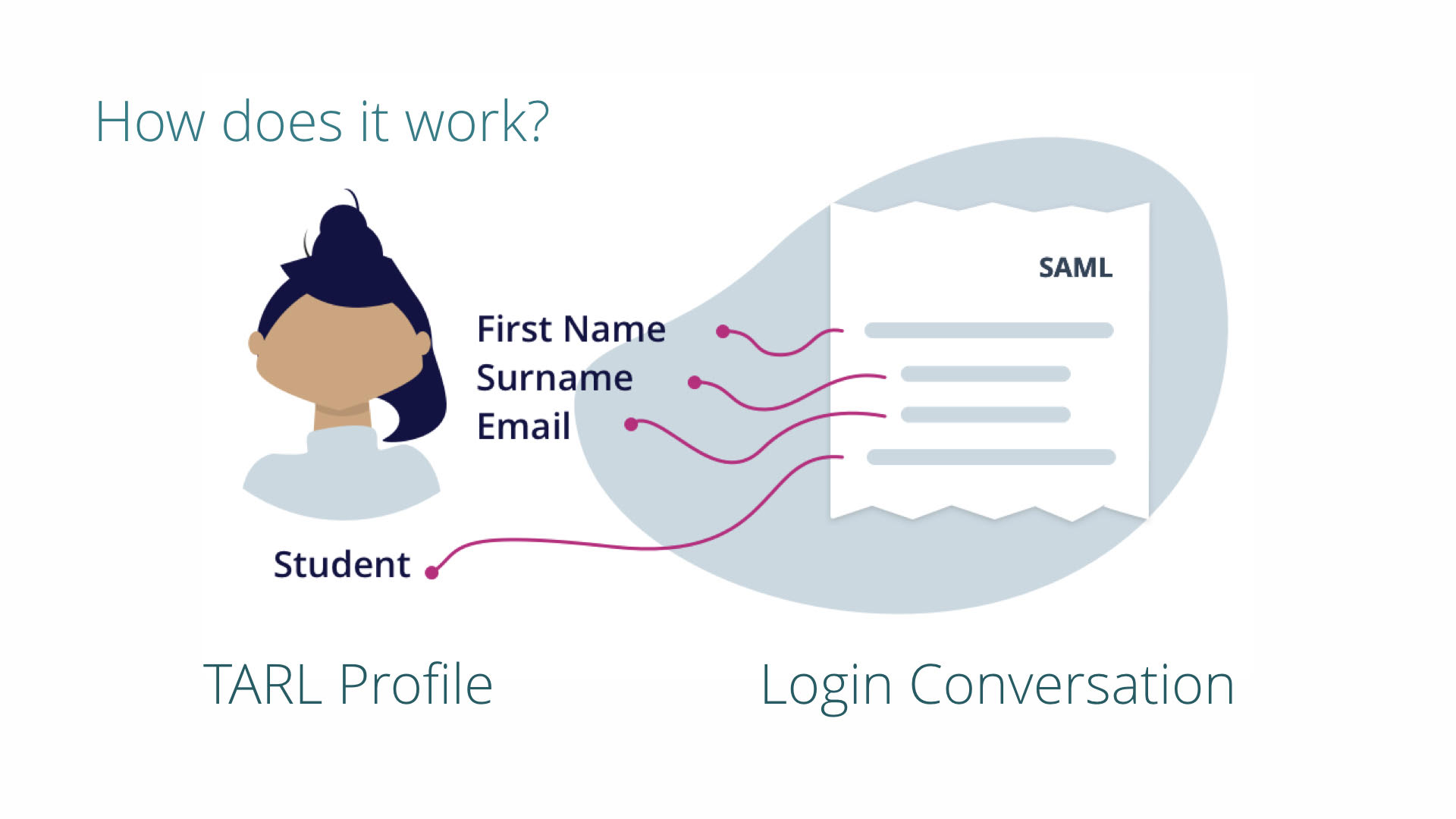Talis Aspire: A look back at 2019

We’ve done a lot to be proud of in 2019. In this post, we examine the key figures and updates that made a difference to our users last year.
If you’d like to find put more about what we achieved with Talis Elevate in 2019, Matt East, Learning Technologies Lead has written a summaryhere.
We achieved an uptime 99.99% in the last 365 days.
Talis works hard to provide a robust, reliable service that you can depend on as one of the key systems in your university. We are proud to say that we have achieved 99.99% uptime in the last year, which means that Talis Aspire was available to you and your students round the clock, with only 6 minutes downtime.
The way that we test, release, upgrade and monitor services means that Talis Aspire continually achieves impressive uptime, globally. This is because we release changes that we call ‘continuous improvements’ incrementally, rather than storing up projects for big releases, ensuring a more stable system.
We make releases most working days and sometimes multiple times a day. In fact… In 2019 we made 319 releases, an average of 1.23 releases per working day!
We aim for these daily releases to go unnoticed, keeping Talis Aspire up to date and secure, all the while, making bug fixes and importantly the continuous improvements as previously mentioned.
Here are some of the key upgrades we’ve implemented into Talis Aspire in 2019:
Bulk Actions
Bulk actions is what we call the functionality that allows you to make changes to multiple lists from the Talis Aspire reports area. This provides you with more tools in your tool kit when working with Talis Aspire, saving time and making your workflows more efficient.
We have built-in capability for you to make flexible choices, e.g. not having to rollover, publish and archive at the same point in the year, giving you greater control for your specific workflows.
Copyright Compliance
Based on feedback from our Talis Aspire User Group community we have made some changes to the way copyright compliance features work within Talis Aspire.
In the last 12 months, we have developed a copyright ruleset for Ireland with the ICLA to support our customers in Ireland.
Last year we also developed the integration with Talis Aspire and the CLA’s Digital Content store, giving our universities the choice of copyright clearance solution.
Quick add
After a successful release of the new List Edit in Talis Aspire reading lists we looked at ways of enhancing this experience further. Last year, we focused on the bookmarking workflow, to address feedback that we had about making it easier to get content onto the reading lists. Quick Add allows the user to add book content quickly to lists during edit without having to have bookmarked the item first.
We have also introduced a browser extension for bookmarking, and improved the search tool for bookmarks, now including a larger bibliographic data set. To further lower the barriers to adoption for academics, we designed the system to have a ‘quick start’ so that you could easily start building your list, with reminders and prompts for how to structure and add content. We also enabled you to fulfill all the tasks in one place, without needing to leave the lists page.
Automated profile
This is our most recent new feature and again focused on lowering the barriers to adoption. Automated profile enables those accessing the system for the first time to have their name and email address populated into the fields. This saves having to key in this information, which is taken straight from your authentication provider.
So, what’s in store for 2020?
Our first piece of exciting news is that Talis Aspire has now launched in Canada, with the first two universities to implement Talis Aspire there being the University of Alberta (find out more) and Okanagan College (find out more).
If you’d like to find out more about upcoming webinars, events and Talis news, make sure you are subscribed to the Talis Aspire newsletter.




